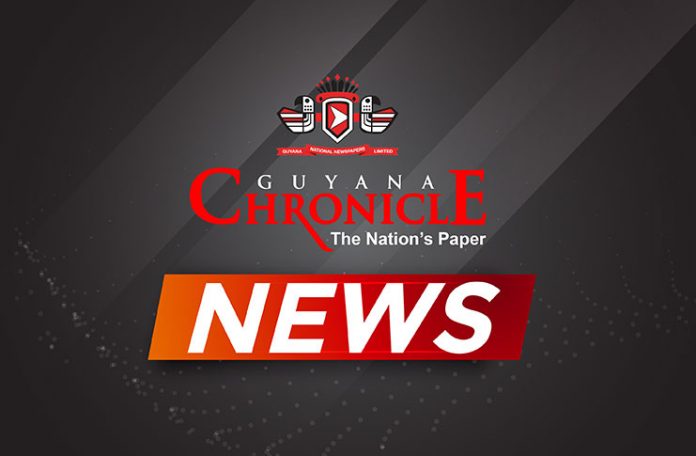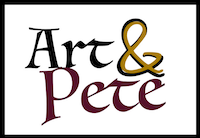
PREPARATIONS are underway for the hosting of an Indigenous musical festival in December, where all the songs to be sung will be done in the nine indigenous languages. And to add more gusto to the event, not only will the Amerindian dialects be used but the rhythm and beat will be reggae, soul, calypso and Latino.
The event is among the activities planned to enhance the learning of the Amerindian languages, in this year which is designated the Year of Indigenous Languages by the United Nations (UN).
Coordinator for the Activities for the International Year of Indigenous Languages in Guyana, Ovid Williams, during an interview with the Guyana Chronicle last week, noted that there are 4,000 indigenous languages globally.
However, it is due to the frequency with which they are becoming extinct that the UN made the declaration in 2017, with the intention of preserving those that exist, reviltalise those that are on the brink of extinction, and to capture the essence of indigenous languages in the promotion of traditional knowledge, cultural beliefs, and the practices in language, culinary arts, dressing and the rights of passage of the indigenous culture.
The UN aims to raise awareness of the consequences of the endangerment of Indigenous languages across the world, with an aim to establish a link between language, development, peace and reconciliation.
The Ministry of Indigenous Peoples’ Affairs, in January this year, collaborated with the University of Guyana, to officially launch International Year of Indigenous Languages, at Aishalton Village, South Rupununi, Region Nine (Upper Takutu-Upper Essequibo). At that event representatives of the nine Indigenous nations here, spoke in their respective dialects- Patamona, Akawaio, Wapichan, Makushi, Wai Wai , Carib Arecuna, Warraus and Arawak..
Since coming into office in 2015, the government has established radio at Aishalton, Mabaruma, Lethem, Mahdia and Orealla. Aishalton is leading in the preservation and promotion of Indigenous languages. As already a bi-lingual Wapichan education programme has been implemented in schools in the village, Williams reminded.
The mandate of the ministry is to help preserve the nine languages of the first nations of Guyana by creating programmes and initiatives through dictionary production, written literature and music development.
As a result, Williams has been instrumental in coordinating live broadcasts from the various regions, in art and craft with the use of tibisiri and mukru straws, beads, nibbi craft, how to make ma-ta-pees, fans, sifters and cotton hammocks and attire.
According to him, people are curious to know what art and craft have to do with languages, but he explained that in the demonstrations the names of the raw materials and the entire process is explained in various languages and also translated in English. This is to show that in Guyana all is not lost where Indigenous languages are concerned, he remarked.
Williams also disclosed that, of the nine Indigenous dialects, six are very much alive, while the languages of the Arawak, the Warraus and the Carib are on the brink of being extinct.
Other activities that have been completed or are ongoing, in the efforts to preserve the Indigenous languages include, the reprinting of dictionaries that were in existence to distribute to the various villages; the September 10, 2019 launch of the first-ever Patamona dictionary and Arekuna alphabet; reprinting of modules in the Arawak and Warraus languages and plans to create a booklet with common courtesies and salutations such as Sorry, Thank You, Good Morning, for the benefit of tourists and officials of the various ministries.
The aim is to enhance learning the language and developing a writing system so that the indigenous languages could be captured in a written form, documented and archived, he reiterated.
Williams, who, while serving as a pilot in the Guyana Defence Force, in 1984, had flown to the Indigenous Barimita community to medevac a female with a gynaecological condition. But he said, a situation arose where no medical history was available for the patient, neither could the woman understand when he tried communicating with her in English or his dialect, Patamona.
As a result, in addition to Spanish, Portuguese and English, he is also conversant in Arekuna, Patamona, Akawaio and to some extent Makushi,.
Additionally, in 2018 he established the Kapong Miamu Inc., a translation service that caters for indigenous persons who may have legal matters but are unable to explain themselves properly in court because of the language barrier, and to help in the medical field with the translation of prescriptions.
Through his service, a 28-page document was translated in Indigenous languages for the Guyana Forestry Commission on the EU Forestry Law Enforcement Governance and Trade /Voluntary Partnership Agreement ( EUFlegt/VPA), as well a 10-page booklet on Prenatal/Post-natal Danger Signs and Symptoms for the Pan-American Health Organisation (PAHO) in the indigenous languages, Williams disclosed.






